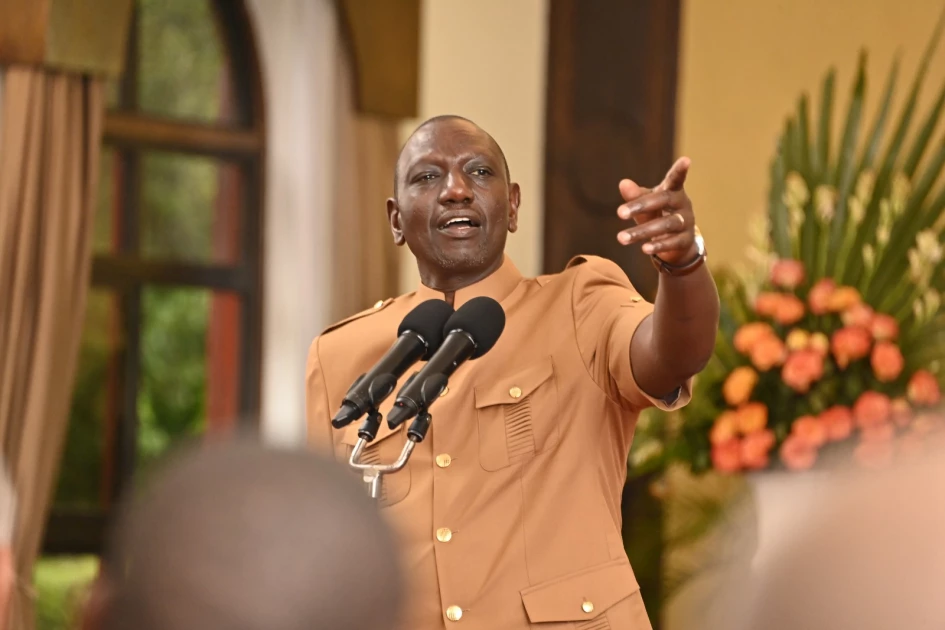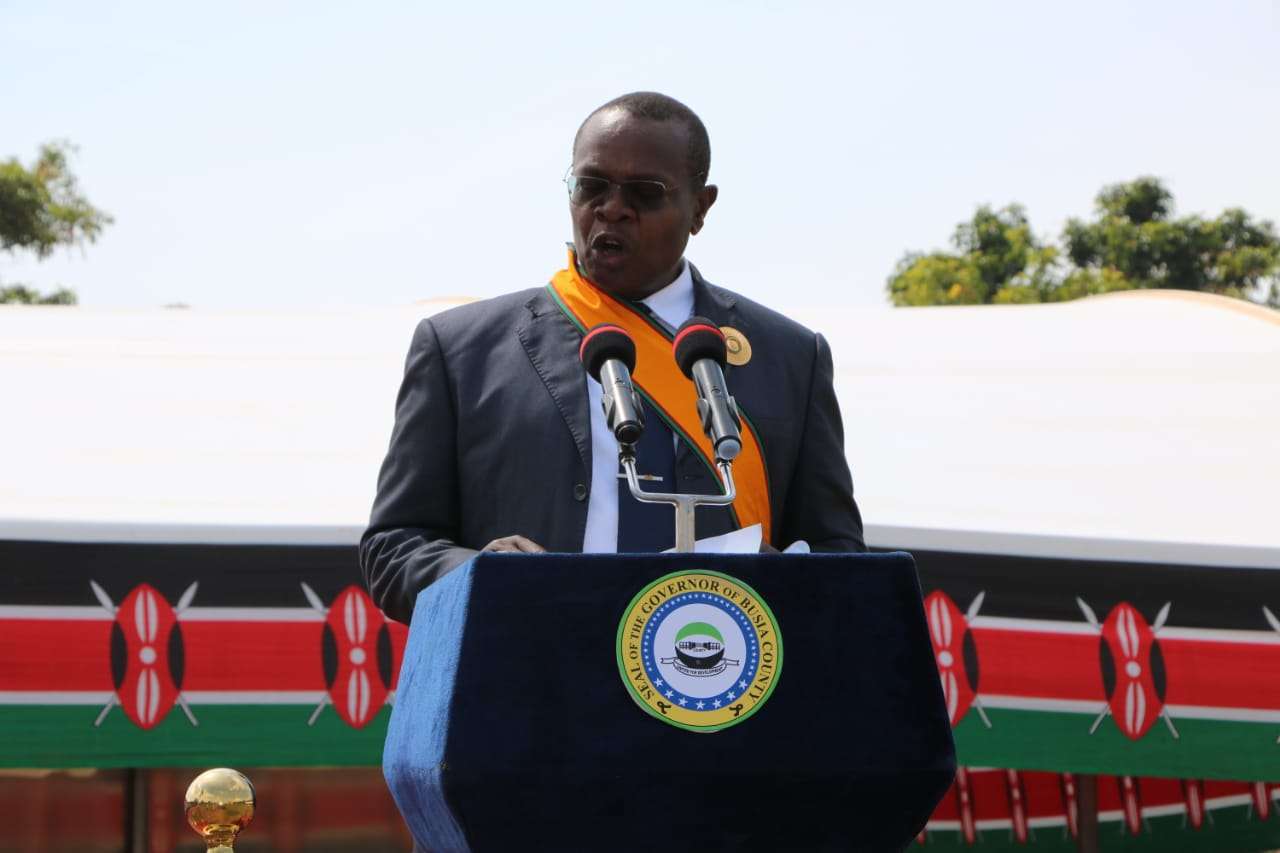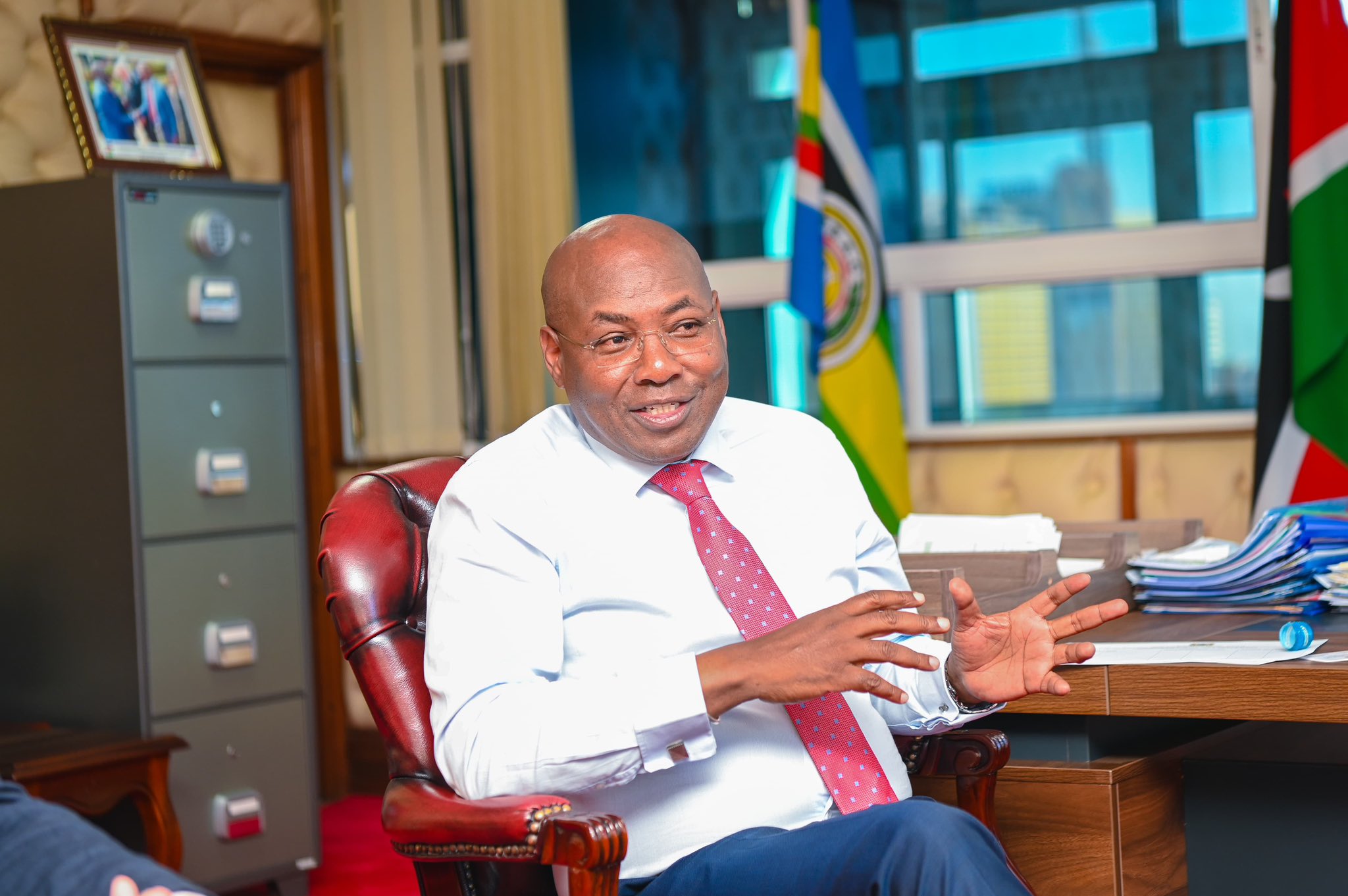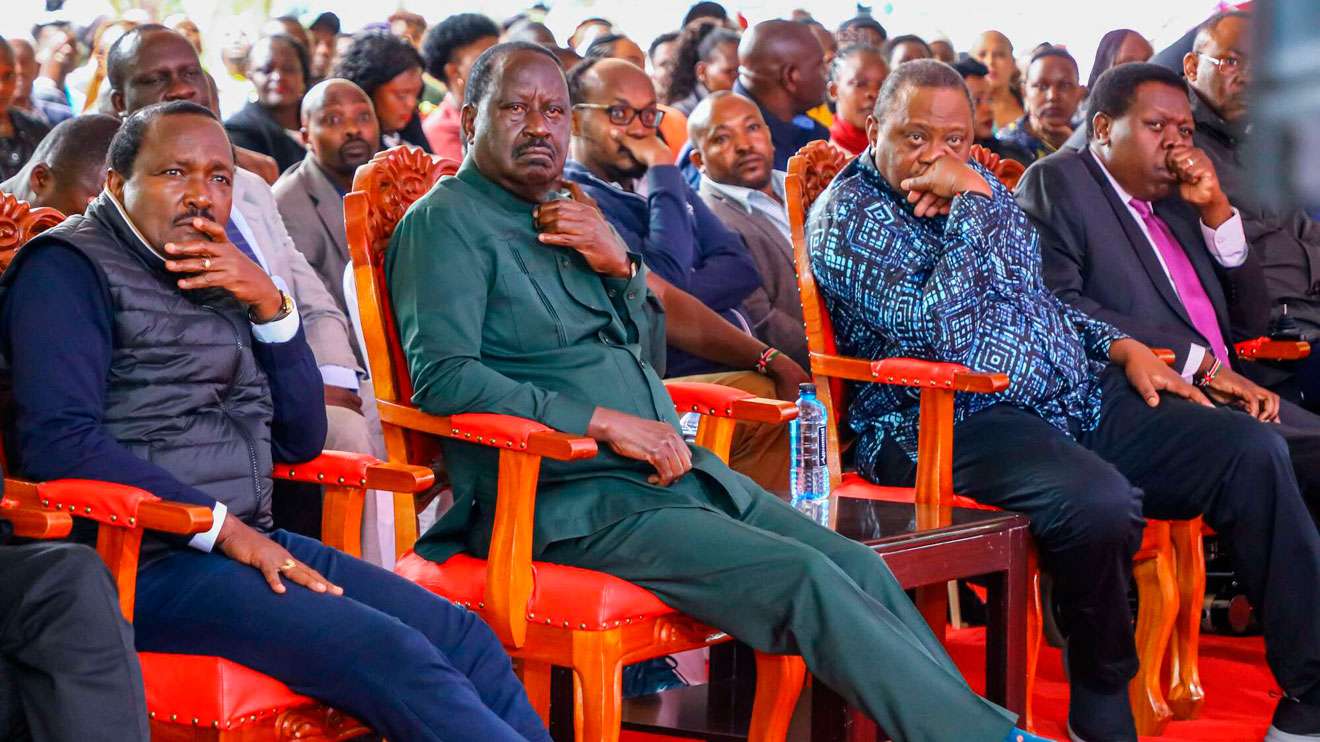By The Weekly Vision Reporter
President William Ruto’s grand promise to deliver 1,000 dams across the country is facing major setbacks, with revelations indicating that not a single dam has been completed since the 2022 campaign pledge was made.
Appearing before the Senate plenary last week, Water Cabinet Secretary Erick Mugaa admitted that the ambitious water infrastructure programme is struggling under the weight of financial constraints and a lack of investor interest. The plan, which was touted as a key component of the Kenya Kwanza administration’s strategy to achieve food security, now appears increasingly unlikely to be fulfilled before the 2027 General Election.
Mugaa was responding to a question from Kajiado Senator Seki Lenku Ole Kanar, who sought an update on the number of dams constructed to date. The CS revealed that while some projects are underway, none of the large-scale dams have reached completion.
“I have to be very candid with this House. Water infrastructure is capital-intensive, and under Public Private Partnerships (PPPs), proponents are expected to invest their own money and recoup it over time. However, water investments in PPPs have not been very lucrative because our tariffs do not support cost recovery,” Mugaa said.
He further explained that the slow uptake of PPPs in the water sector has been due to the unattractive financial returns, noting that a litre of water in the supermarket costs significantly more than what is charged by public utilities. As a result, potential investors are hesitant to commit funds to dam construction projects.
The Kenya Kwanza administration had framed the 1,000-dam pledge as a game-changing intervention to reduce Kenya’s reliance on rain-fed agriculture. The initiative included plans to expand land under irrigation to three million acres, empower six million livestock farmers, and improve access to clean water across the country.
President Ruto had specifically mentioned the construction of 100 mega dams, 1,000 smaller dams, and 3,800 water pans. Areas such as Baringo were earmarked for dams like Radat, Amaya, Beregei, Kimwarer, and Arror. However, most of these projects remain on paper or are progressing slowly.
Mugaa cited several ongoing projects, including Mwache, Thwake, and Umaa dams, which he said are struggling due to funding challenges. He added that while some smaller dams are at various stages of implementation, a comprehensive list is still being compiled.
Kamumu Dam in Kirinyaga County and Thuci Dam in Tharaka Nithi were cited as examples of planned projects hampered by unresolved issues such as land acquisition and high financing costs. Despite identifying a Belgian firm as the preferred contractor for Kamumu Dam under the engineering, procurement, construction and financing model, the project has stalled due to the proposed financing terms.
In August 2023, then Water CS Alice Wahome, now heading the Lands and Housing Ministry, had also acknowledged that limited financial resources were derailing the government’s ability to deliver on the mega dam projects.
Kenya continues to face cyclical droughts that have deepened food and water insecurity in several regions. As the clock ticks towards the 2027 polls, the delayed implementation of these dams not only signals a potential broken promise but also a growing risk to the country’s agricultural resilience.
Whether the Ruto administration can salvage its flagship water agenda remains to be seen. But for now, the promise of 1,000 dams seems firmly stuck in the mud.





